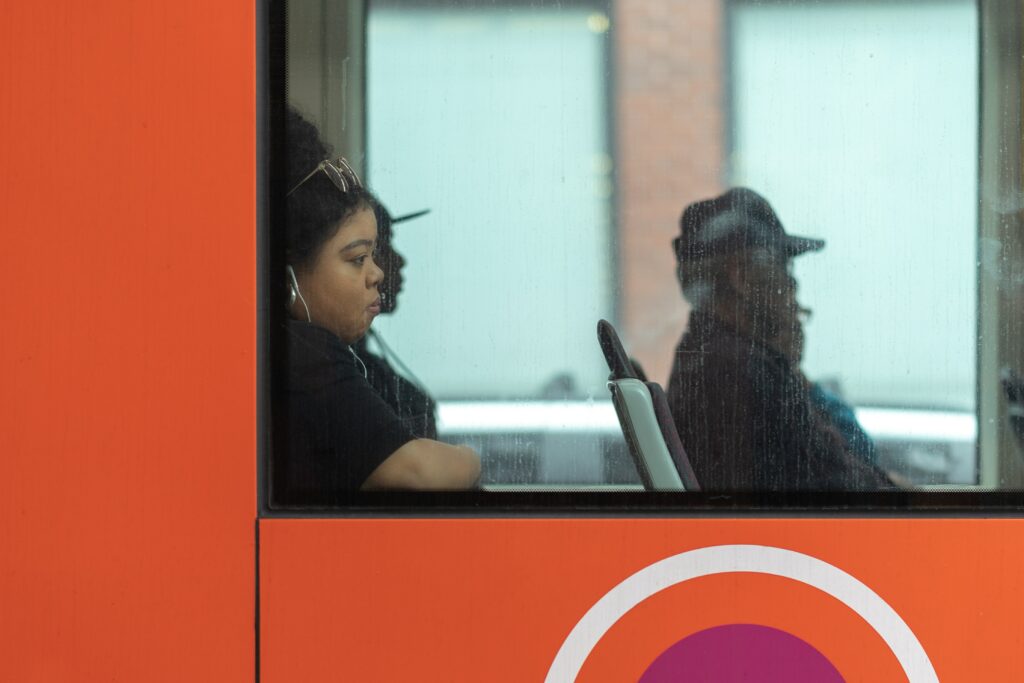Addressing Sexual Harassment on Transport Starts with Prioritising it
This blog post is part II of a series on Awareness, Advocacy, and the role of data in addressing sexual harassment on Public Transport as part of our ongoing collaboration with Women Mobilize Women and was originally posted on June 27, 2022.
The road to reducing the frequency of women experiencing sexual harassment on public transport is not direct, and while advocacy groups can play a role in bringing light to these issues and creating a trusting, safe place to share stories, they can’t afford to set up these systems on their own. There needs to be better funding for these groups to set up these activities, and the decision to provide funding and resource needs to come from these public organisations.

“They need to start something to show they’re taking women seriously and doing something,” Emma emphasizes. “If over 70% of women experience sexual harassment and feel unsafe it needs to be addressed.”
This lack of funding was in part why Emma and WiU teamed up with Uber NZ. Although recognising Uber as an organisation is not perfect, working with them has provided WiU with support through putting on events and inviting local politicians and policing and other powerful groups, and giving them the space to do discuss important issues with people who will ultimately influence that change. Through this collaboration, WiU sit on a safety panel with other women’s groups across New Zealand and Australia, meeting quarterly, where Uber will deliver a presentation on where their tech is at, what their focus is on, and potential impacts on women. This space allows the various groups to let them know what doesn’t work, as well as push for greater understanding and research.
In the US, for example, Uber released own research and study into examples of harassment within rideshare experience, and the group still pushing for Uber Australia to release their own data on women’s safety in their vehicles. The research from the US found that while instances of sexual harassment we low, most instances involved their drivers. Understanding this, and the experience of women, is important in addressing the problem, no matter how infrequent reporting may be.
Small actions to begin creating safer build environments
Emma and WiU understand that addressing sexual harassment in public spaces is not a simple and will require a number of actions that may not eliminate the problem but can help to create environments where women feel safer. First, though, is understanding the role of enforcement in this space. More policing will not be the solution, especially with existing distrust for people of colour, Māori and Pasifika, and people from the rainbow community. What may help, believes Emma, are softer touches, like the Māori wardens programme. Although not created specifically to address the issue of sexual harassment on transport, these individuals, both men and women and wearing vests, act as light enforcement, mainly on trains, as what Emma refers to as:
“community looking out for community rather than policing.”
From the planning and design perspective, through surveys like the one done by WiU, and in actually speaking to the groups most affected, local authorities can start addressing the core issues in how the design of spaces impacts feelings of safety and comfort. But it also involves integrating gender better into the whole system.
“Gender in planning needs to be taken more seriously overall,” says Emma, “through actions like implementing auditing systems that focus on gender, and gender mainstreaming policies.”
WiU can continue building this up and pushing for interventions like nighttime policies, park audits for human scale lighting, density, and design that facilitates passive observation at a human scale.
The hope is that through awareness and intervention campaigns like those in London and Sri Lanka, studies like Me Muevo Segura in Bogota, supported with policy recommendations through the likes of the gender lab in Chennai and specific policies in Mexico City, a greater awareness of the problem can be established, as well as actions to continue improving the experience of women across all spectrums.
“I often find that women’s harassment issues and safety are kind of the low hanging fruit,” says Emma. “When you talk about travel time savings and money, you may struggle to convince people, but when you tell them that women feel like they’re going to be attacked on their walk home, that can be a really hard thing for politicians to look away from.”

